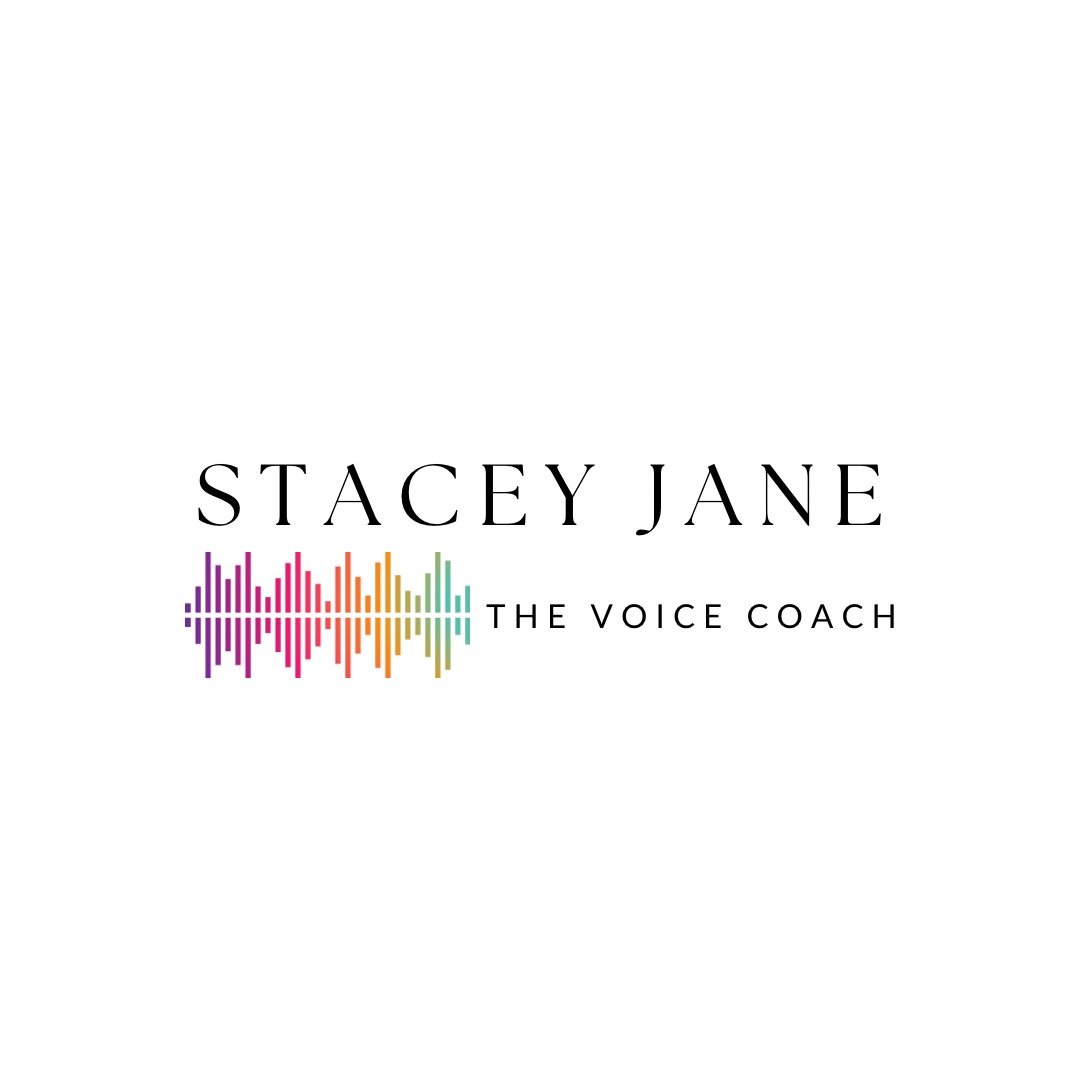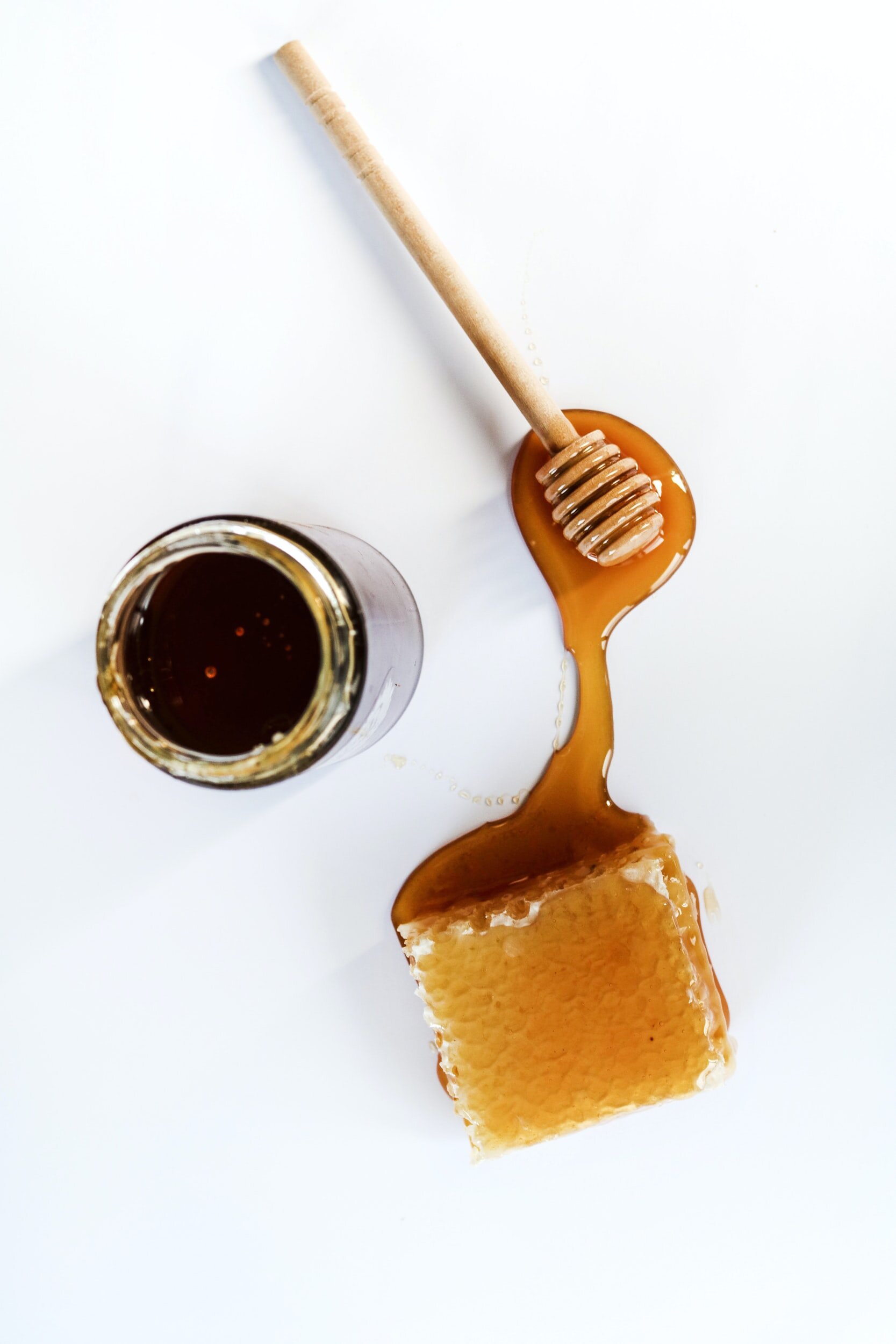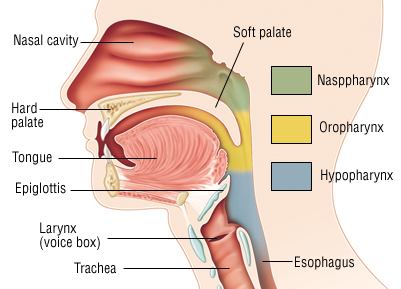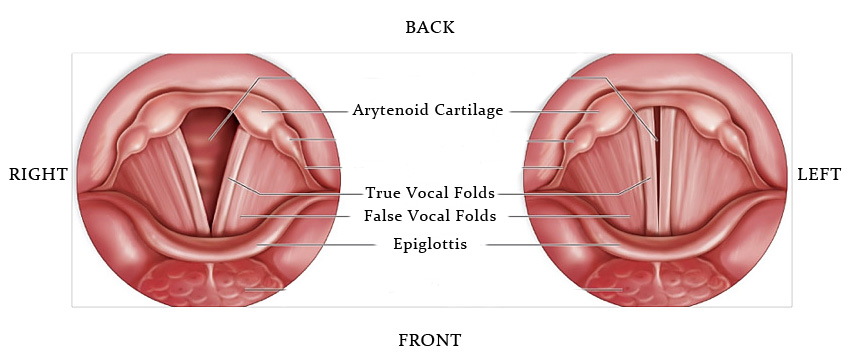Superfood For Singers
A healthy immune system is crucial for singers.
Being unwell will hinder the ability to produce a high quality sound.
Superfoods are known to strengthen the immune system and therefore can keep you healthy and singing well.
These superfoods are rich in vitamins, minerals, antioxidants and essential fatty acids that help protect your body from infection or illness which will allow you to perform better while singing on stage!
Find out more about these superfoods by reading this blog post..
Superfoods for Superstars
How to keep your voice in top shape with the help of Nature's Bounty.
I'm going to give you some secrets about how I stay healthy and keep singing, every single day!
It starts with nutrition..
Keeping a healthy immune system is crucial for singers. Being unwell will hinder the ability to produce a high quality sound. Superfoods are known to strengthen the immune system and therefore can keep you healthy and performing well in rehearsal, practice, the recording studio, and on stage. These superfoods are rich in vitamins, minerals, antioxidants and essential fatty acids are especially beneficial for singers.
Examples of Superfoods include:
Green tea : Green tea has been shown to reduce the risk of cancer through various studies. It contains high levels of antioxidants, which protect us against free radicals. It also combats cholesterol and lowers the risk of heart disease.
Green Tea boosts Superhealth because it effectively protects against many chronic, age-related diseases.
Blueberries have been a recent Superfood that is being used to fight cancer, because they contain more antioxidants than any other Superfood.
Some Superfoods are not so obvious, such as Apple Cider Vinegar, which contains an enzyme called pectin that aids digestion.
Honey is also a Superfood, because it contains natural anti-bacterial properties that help prevent infections.
Bananas are rich in potassium and fibre and gives you natural energy
Coconut oil; as it boosts metabolism. It also improves cognitive function and fights cancer when used to cook food at high temperatures.
Cranberries are Superfoods too, because they contain a substance called proanthocyanidins that inhibit the growth of bacteria. slows the signs of aging.
Ginger – aids in digestion and supports the immune system
Avocado : a Superfood that contains omega 9 fatty acid, which has been shown to improve brain function and reduce the risk of heart disease. Superfoods can help Superhealth by decreasing aging, improving cognition, preventing cancer, preventing heart disease, and most importantly - keeping us alive much longer that
Chia + Flaxseeds are rich is Omega-3
Kale is a powerful anti-oxidant with anti-inflammatory properties
Strawberries – just one serving provides more vitamin c than an orange while being low in natural sugars
Cucumber – since it’s 95% water, it’s an incredible detoxifier and helps with liver and kidney function
Spinach Superfoods are Super to your Superhealth since they contain an inordinate amount of nutrients and compounds that have been shown to prevent pretty much every chronic disease there is, it is also easy to digest and disguise the taste as It’s mild tasting yet packed with vitamins, and is one of the healthiest foods on the planet.
Turmeric – anti-inflammatory and anti-oxidant properties
Acai because is rich in antioxidants that protect the body from damage caused by free radicals.
Why not try blending some of these ingredients to make your own version of a Singers Superfood Smoothie!
Stacey Jane
Actionable Steps for 2021
Top 3 action Steps for 2021
My Top 3 action steps to become more aligned in 2021 with your singing goals
1: Be Habit Oriented:
Not WHAT but HOW
I recommend setting aside some time aside to reflect and write down how you will achieve your singing goals in 2021
Some Questions you can ask yourself are:
How can I achieve my singing goals?
How can I develop good singing habits?
How Do I overcome fear and gain confidence in my singing?
How will I level up as a singer songwriter in 2021?
2: Dont set the bar too high!
Be real with yourself!
Dont put too much energy into things you cant control or that are unrealistic!
Aim high and rise up to the challenge, but don't set unrealistic goals that you know you wont actually achieve.
3: Work on your mindset
This is so important for singers.
Not only is working your voice out so vital, but so is what you tell yourself on a daily basis, which is just as important.
Stacey Jane ✌️💕🎤
The Voice Coach
Part 2 -Adolescent Voice
Part 2 - Adolescent Voice
The Adolescent Voice ~ Part 2
Frequency Change: Speaking Pitch
The voice of males at puberty often begins with a husky quality and an unsteady pitch, oscillating one or two tones. Although the pitch fluctuates day to day the trend is generally downward.
Voice change is one of the signs of female puberty. Voice change appears to begin before menarcheal onset and to continue through it. There is increased breathiness in the voice quality compared to the relative clarity of prepubertal voice quality. The breathiness is due in part to incomplete vocal fold adduction. (the vocal folds coming together)
During voicing, the membranous portion of the vocal folds adduct, but the cartilaginous portion does not achieve complete closure, forming a posterior glottal opening that is called mutational or glottal chink. Mutational chick is thought to result from insufficient contraction of the interarytenoid muscles. Poor speaking or singing habits may also influence the speaking pitch.
Frequency/pitch distinction between male and female begins during puberty and continues throughout adolescence. The voice changes are a result of growth of the phonatory, resonatory, and respiratory anatomy; roughly parallel the appearance and development of the secondary sex characteristics.
The pitch and quality changes that occur at puberty are more apparent in males then females due to the greater magnitude of the pitch change, which is approximately one octave in males.
The female voice change can be characterised by:
1. Lowering of mean speaking fundamental frequency by about three to four semitones.
2. Increased breathiness, huskiness, and hoarseness.
3. Voice cracking during speech.
4. Noticeable registers “breaks” during singing.
5. Decreased and inconsistent pitch range capabilities.
6. Singing that requires more effort and delay in phonation onset.
7. Breathy, “heavier,” “rougher” voice qualities.
The male adolescent voice change can be characterised by:
1. Sudden voice breaks
2. Huskiness or hoarseness to the voice quality and increased perturbations.
3. Uneven voice changes.
4. Timbral effects of the changing voice as it descends in pitch causes males in sing in new vocal registers.
5. Conversion aphonia and persistent falsetto (puberphonia) due to lack of vocal fold adduction and a reaction to psychologically events such as emotional stress.
6. Tessitura and register development occurs, speaking voice lowers and becomes stable in lower register.
7. The voice change occurs concurrently with other pubertal developments.
8. Different voices mature at different rates
The Human Voice
The human voice
The human voice is one of the most flexible and smallest instruments in the world.
In the human body, structure determines function. That is the shape and form of a structure determine the manner in which the structure will operate. Thus it is important to understand the anatomy of a structure to understand how it works.
The human voice is one of the most flexible and smallest instruments in the world.
In the human body, structure determines function. That is the shape and form of a structure determine the manner in which the structure will operate. Thus it is important to understand the anatomy of a structure to understand how it works.
The larynx has several important functions. Primarily, it is a respiratory organ controlling the flow of air into and out of the lower respiratory tract. The larynx protects the lower airway from access by anything but air and also has a role in deglutition. The role of the larynx is the primary sound generator.
Unlike songbirds, humans do not possess an organ such as a syrinx, and it is the lack of this special organ that makes technical training in singing a necessity.
The cartilages of the larynx
The arytenoid's find their points of attachment to the cartilages. Since they are located within the interior of the larynx, they are therefore intrinsic. The cricothyroid are attached the outer surface of the thyroid cartilage and they are therefore extrinsic. The intrinsic muscles of the larynx are associated with the respiration; the extrinsic muscles are connected, both neurologically and muscularly, to the process of swallowing. In phonation the two systems must reverse their natural roles and function in a coordinate relationship.
The human vocal mechanism freely functions when there is a great foundation of vocal technique.
Good singing starts from the way in which the instrument is positioned. Whether the singer is tall or short, thin or thick, male or female, structural alignment must pertain. The external frame function of the musculature of head and neck, the position of the rib cage, the relationship of the muscles of the torso to the rib cage and the sternum, and the balance of body dynamic muscle equilibrium are some principles that pertain for all singers.
Similar to the trumpet, which needs the buzzing lips to serve as the oscillator for sound production, the human voice has vocal folds to serve this function.
The larynx, which is commonly, called the voice box, houses the vocal folds and is the primary organ involved in the voice production. It is encased by the ‘Adams apple’ (also called the thyroid cartilage) and sits above the trachea (the windpipe) and in front of the oesophagus in the neck.















